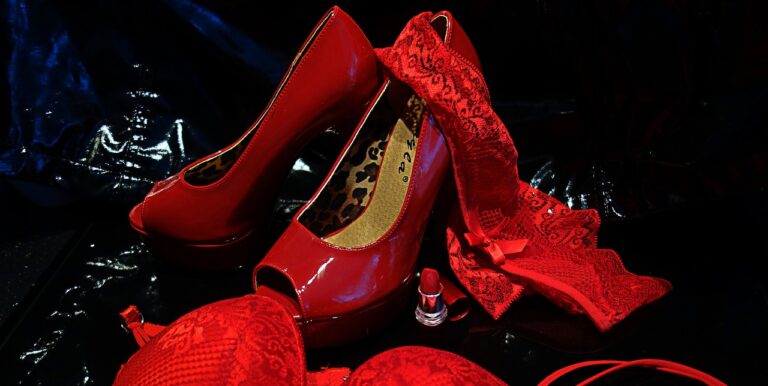Breaking Down Gender Norms in Fashion: The Rise of Gender-Neutral Clothing Lines
Clothing has long been used as a tool to express one’s gender identity and conform to societal norms. From a young age, children are often taught to associate certain colors, styles, and types of clothing with specific genders. This perpetuates the idea that there are distinct differences between what is considered masculine and feminine attire.
These gender norms in fashion not only influence individual clothing choices, but also impact how individuals are perceived by society. Breaking away from traditional gender norms in fashion can lead to judgment and discrimination, highlighting the restrictive nature of societal expectations. Despite this, there is a growing movement towards gender-neutral fashion that seeks to challenge these norms and promote self-expression free from gender stereotypes.
• Gender norms in fashion have long been ingrained in society
• Children are often taught to associate certain colors and styles with specific genders
• Breaking away from traditional gender norms can lead to judgment and discrimination
• There is a growing movement towards gender-neutral fashion challenging these norms
Understanding Gender Identity
Gender identity is a deeply personal and intrinsic aspect of an individual’s sense of self. It pertains to how one perceives and experiences their own gender, which may or may not align with the sex assigned to them at birth. This internal understanding of oneself in relation to gender is multifaceted and can encompass a spectrum of identities beyond the traditional male and female binary.
For many individuals, gender identity goes beyond the confines of societal norms and expectations. It is about authentically expressing one’s true self, whether that be through clothing choices, behavior, or other means of self-expression. Understanding and respecting the diversity of gender identities is crucial in creating inclusive and supportive environments for all individuals to thrive and be their authentic selves.
History of Gendered Clothing
Throughout history, clothing has been used as a way to signify one’s gender identity and status within society. In many ancient cultures, such as in Ancient Egypt and Ancient Greece, specific garments were worn by men and women to distinguish between the genders. This division of clothing based on gender played a significant role in shaping societal norms and expectations surrounding masculinity and femininity.
As societies evolved, so did the clothing worn by men and women. In the Middle Ages in Europe, for example, women’s clothing became more elaborate and restrictive, while men’s clothing was often more practical and simplistic. These differences in attire further reinforced the societal constructs of gender roles and expectations during this period.
What are some examples of gender norms in fashion and society?
Some examples include the expectation for women to wear dresses and skirts, while men are expected to wear pants. Additionally, certain colors such as pink being associated with femininity and blue with masculinity.
How is gender identity related to clothing choices?
Gender identity is a personal sense of one’s own gender, which may or may not align with societal expectations. Clothing choices can be a way for individuals to express and affirm their gender identity.
How has gendered clothing evolved throughout history?
Gendered clothing has evolved significantly throughout history, with styles and expectations changing over time. For example, in the 18th century, it was common for men to wear high heels and wigs, while women’s fashion often included corsets and elaborate dresses.
Are there any cultures where gendered clothing norms differ from the Western standard?
Yes, there are many cultures around the world where gendered clothing norms differ from the Western standard. For example, in some cultures, traditional clothing may be unisex or there may be more fluidity in gender expression through clothing choices.







